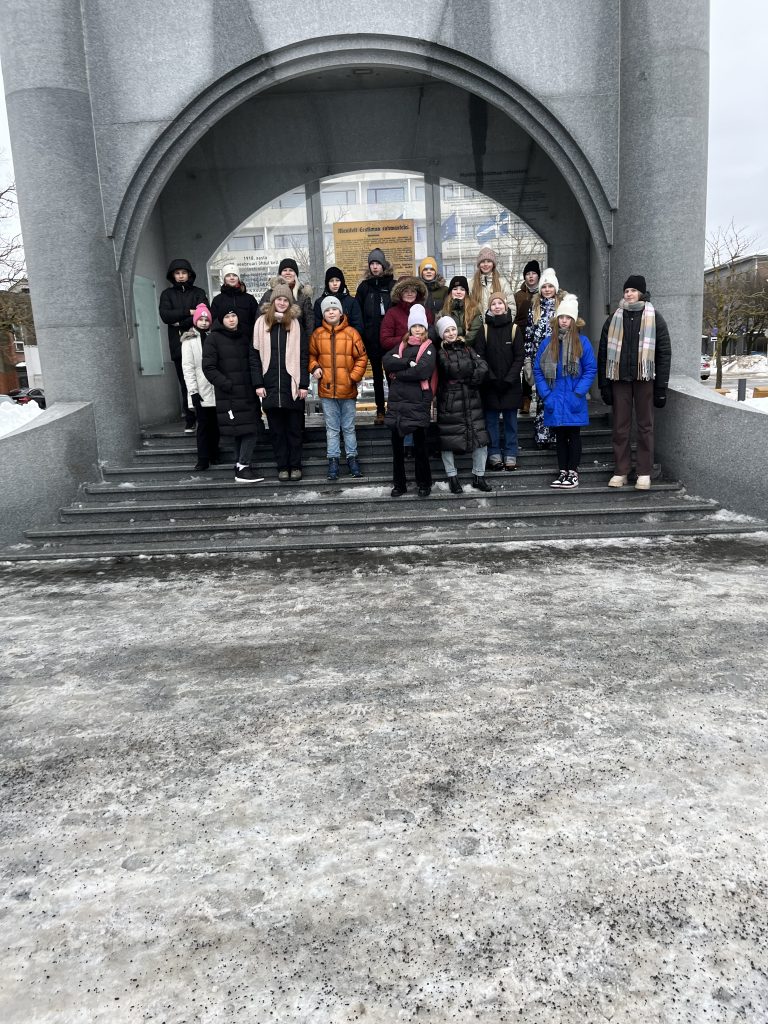Pärnu Kuninga Street Basic School’s Year 6 looked into the local architecture of Pärnu.
This was part of a task:
Outdoor activities and cultural trips will be organised at each partner school, in order students to discover the main features of their local architecture. They will learn about the architectural symbols and heritage of their region through outdoor learning.
During one English lesson the students were divided into groups and looked for information about particular buildings or statues in Pärnu. They prepared to introduce it to the rest of their class. The walk took about 2 hours.
We started off with our own school as it is one of the important buildings in Estonia.
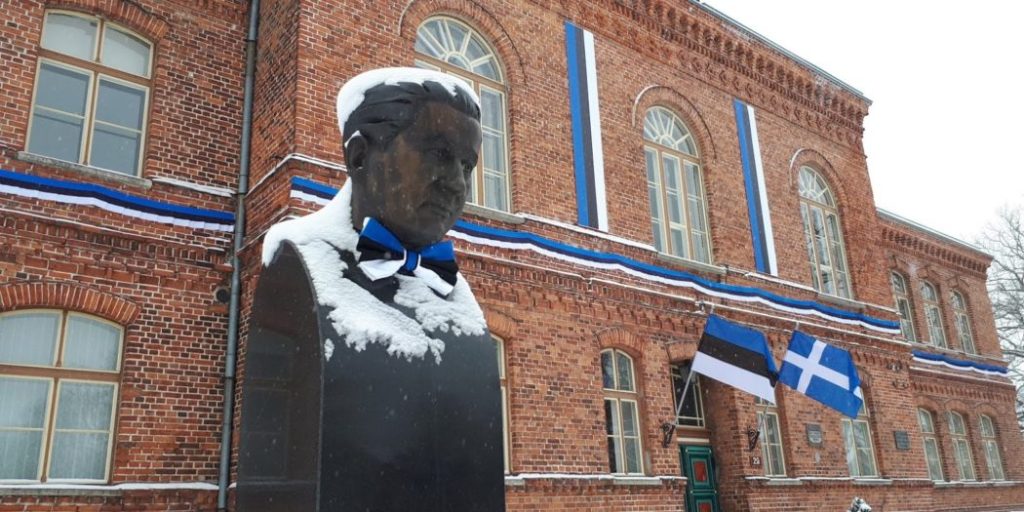
Of the eleven men who were at the helm of the Estonian state, five were with this school – Akkeli, Jaakson, Päts, Teemandi and Uluotsa. Alumni of the school are chess grandmaster Paul Keres, whose bust is in front of the school building, and well-known opera singer Tiit Kuusik, beloved musician and composer Valter Ojakäär. In the school building you can see busts of Jüri Vilms and Theodor Pool in the school hall.

The monument is in Lydia Koidula Park. It is recognised as a national cultural monument. The monument opened in 1929. The autor is Amandus Adamson.
| Silvi Raska |

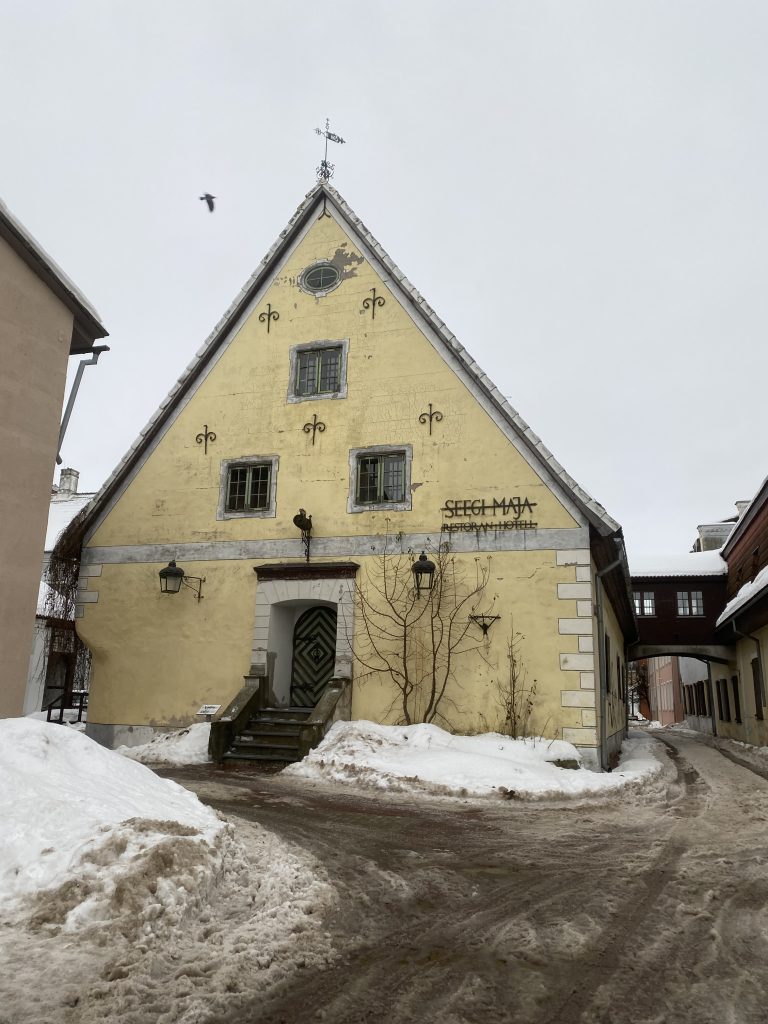

During the teardown of the fortification in the 19th century, only the Tallinn Gate was preserved, as well as the embankments and the trench that leads to the Venus Bastion at the riverside – the so called Vallikäär.

The amphitheatre-like concert venue is waiting to be part of the cultural pleasures. At Bastion Venus, there is a restored forge where you can see the forging. You can get a visual picture of the development of Pärnu from a fortress city to the present day from three models. The passage between the earthen fortifications has been opened and the Tallinn Gate, which marked the beginning of the former post road, has been restored.
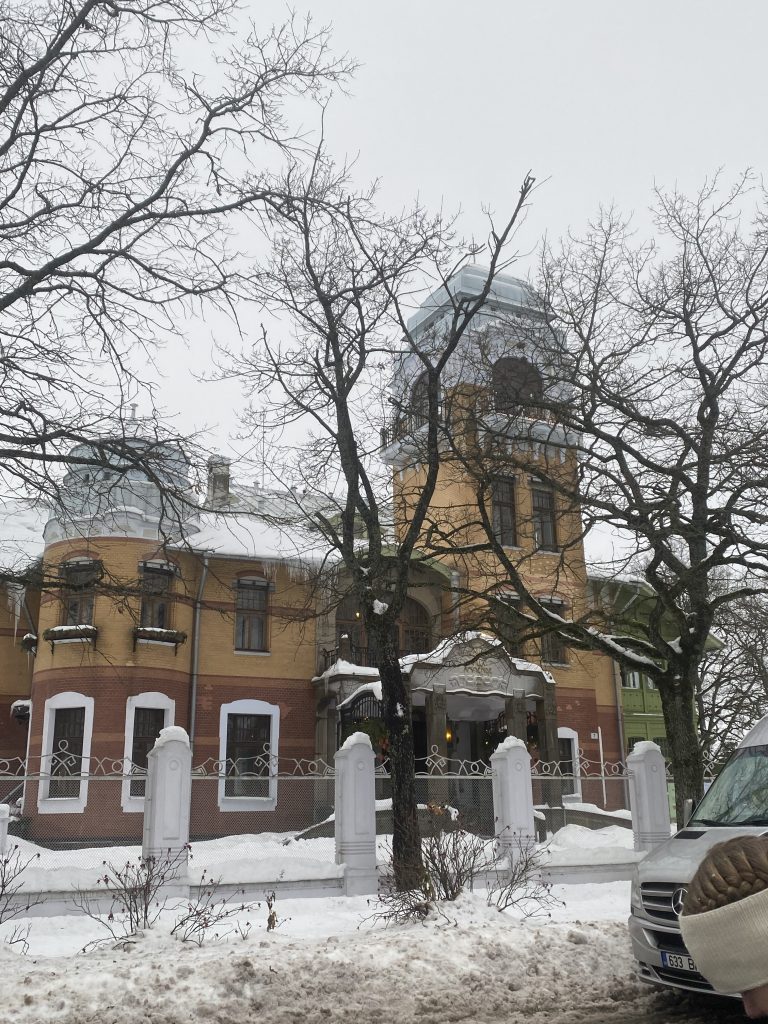
The family went bankrupt after the First World War and the villa was sold to the City of Pärnu. The house has been used as a sanatorium, casino, and a club.
The villa has now been turned into a luxurious hotel and restaurant, offering modern comforts in a renovated historic town mansion.

They chose granite as material for it. One of the most important aims of the monument was to make the message or the text of the manifest visible. The manifest of independence is written on the wall of the balcony in the old and modern language, and Braille – for blind people.
The manifesto was read out for the first time on February 23rd, 1918 from the balcony of Endla Theatre and Society House which stood where Pärnu Hotel is today.
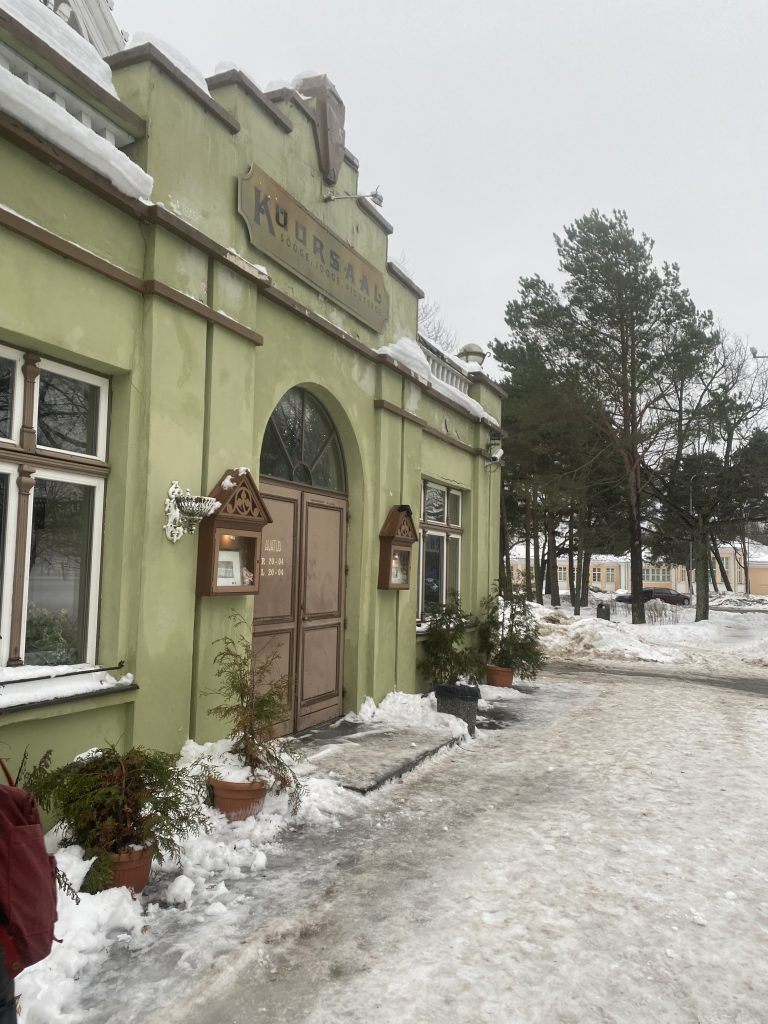
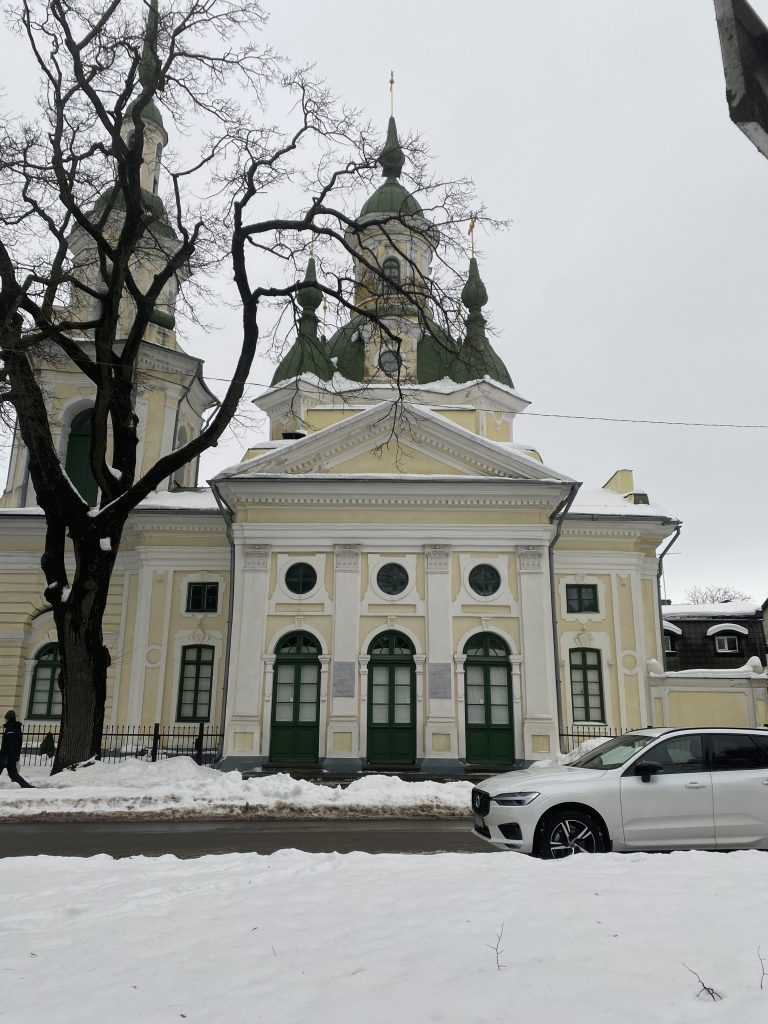
Interesting to know! Pärnu St. Catherine’s Church was built by order and with financing of Russian queen Catherine the II. To this day Pärnu Russian congregation operates in the church.
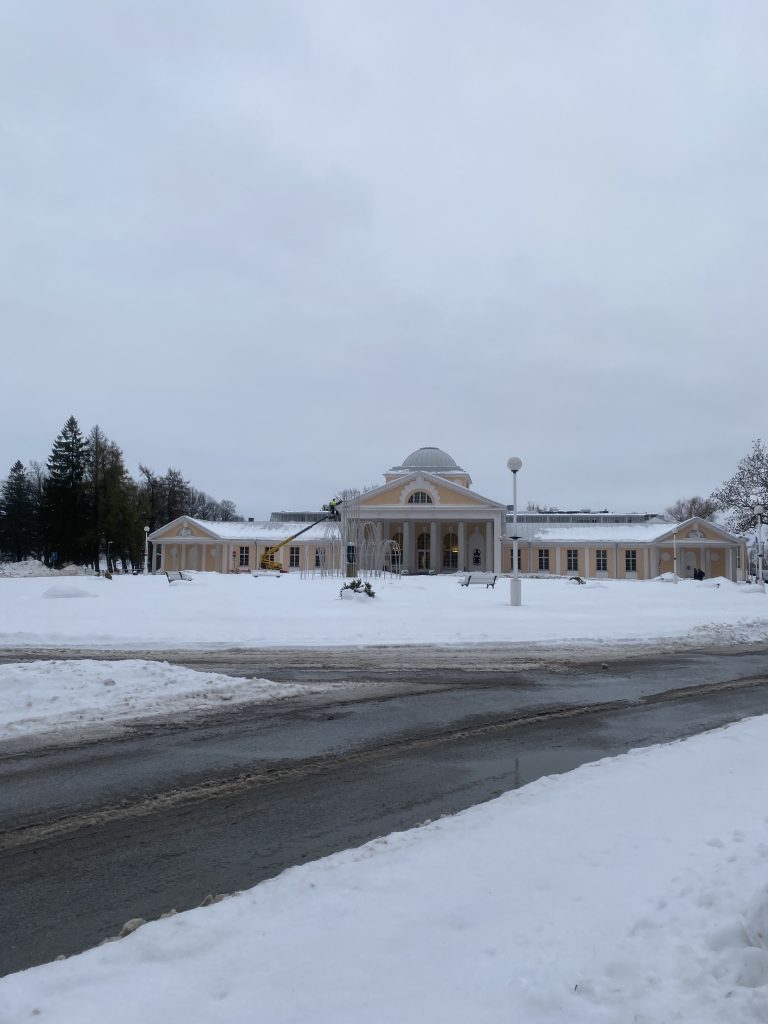
The neo-classicist building of the mud baths is one of the most important symbols of the Pärnu resort. It was built in 1926- 1927 in place of a bathing hose that was burned down in world war. The history of the bud baths and resort can be traced back to 1838, when the seaside bathing offered warm sea baths in summer and sauna pleasures in winter. During the Soviet times, the it continued serving people but after the independence of Estonia, it remained empty. Now it is again a cosy spa.
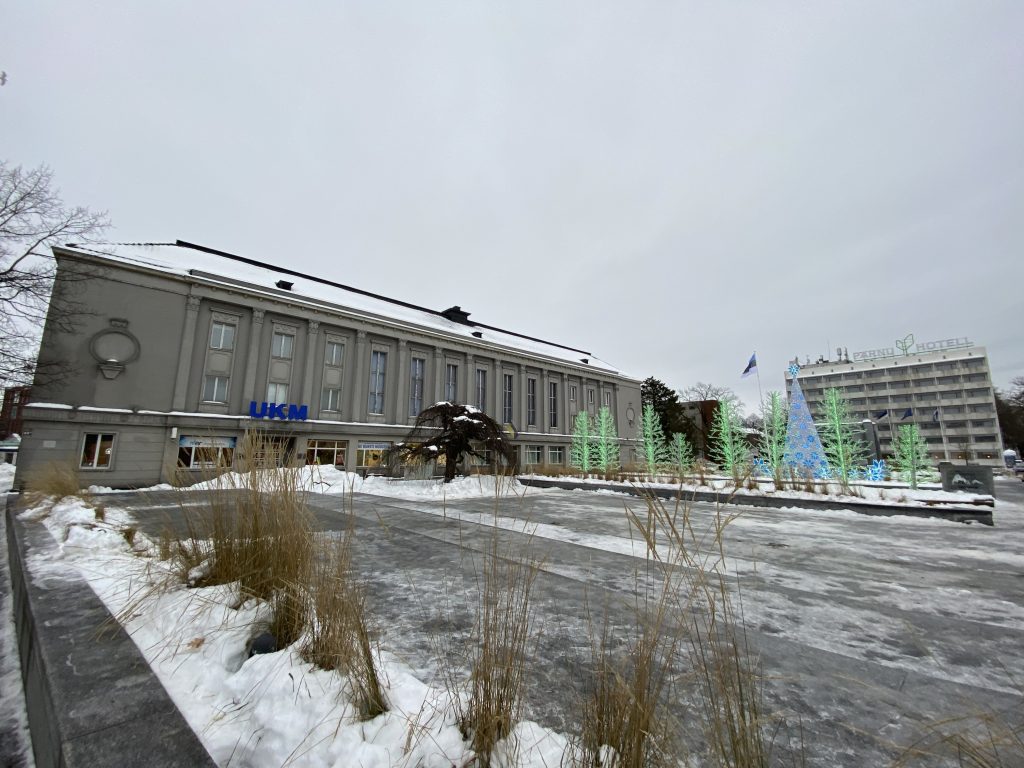
Rüütli 40a is a bank and residence in Pärnu at 40a Rüütli Street. The architects are Kotli and Soans.
The building was built in 1939-1945 at the Pärnu branch of Eesti Pank. After World War II until 1967 it was used as a theatre.
Today, it houses a museum of new art and office space. There are also four apartments in the house.
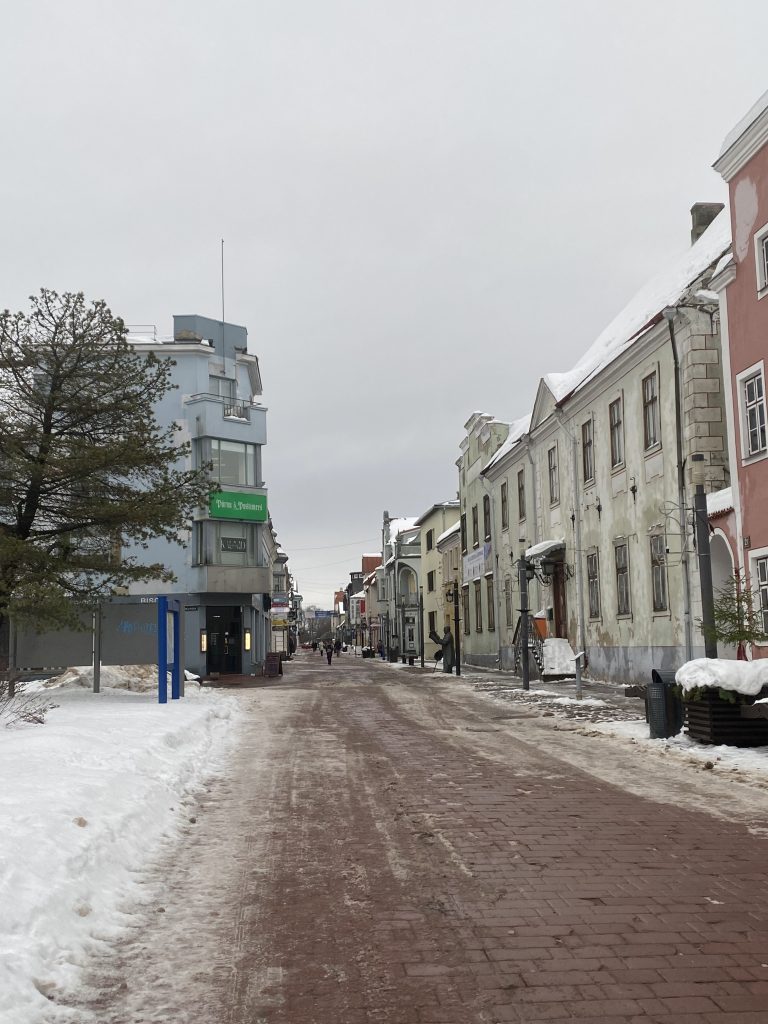
Its 915 metres long. Rüütli street is built in 17th century. The street starts in Õhtu street and ends in Vanapargi street. Rüütli Street is only for pedestrians.
The buildings are from 17th-20th century. Important shopping street, and even today there are several shops, establishments, and cafes along the street.
Rüütli was one of the first streets in Pärnu to be paved with asphalt in 1938.
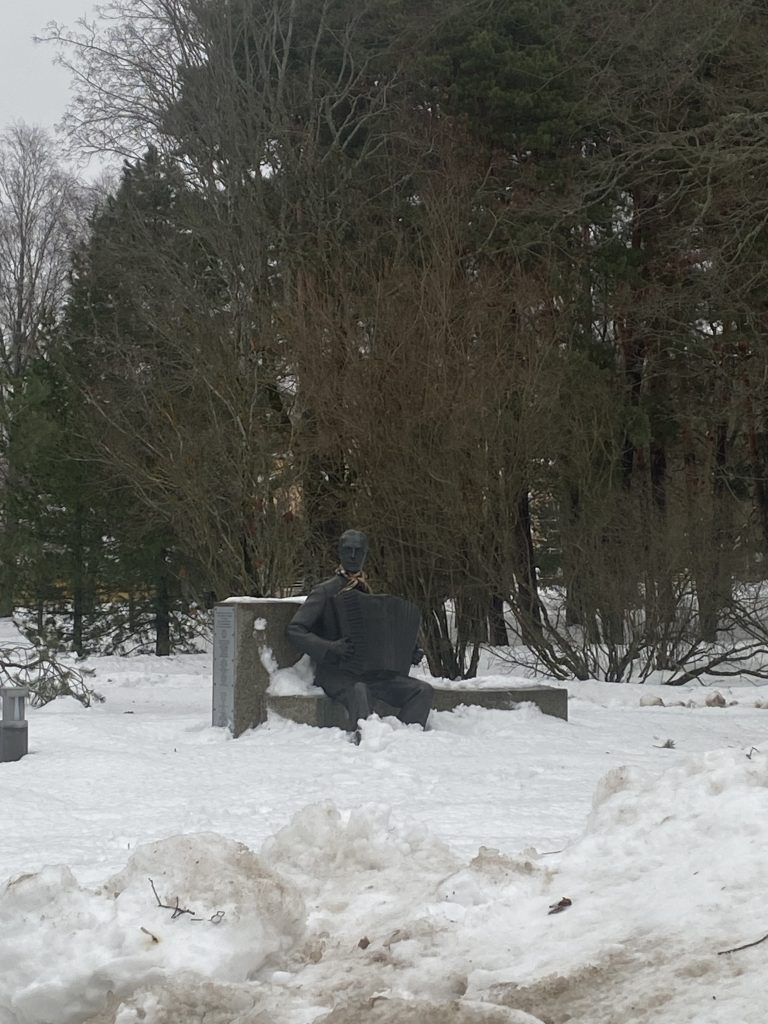
The musician Raimond Valgre who played in Pärnu in 1930s and brought the town a lot of fame, can today be found sitting in the park near Kuursaal, as a bronze statue. The author of the statue is Rait Pärg.
You too can sit down next to the beloved Estonian composer and enjoy his beautiful compositions.
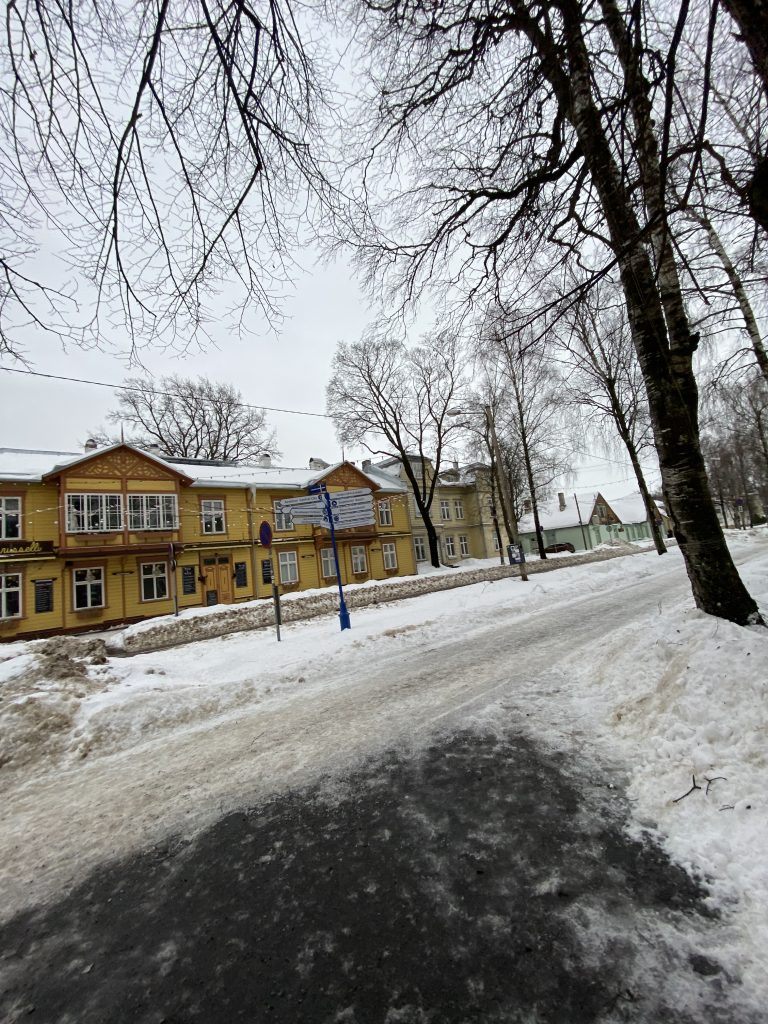
In Pärnu, Supeluse Street, which runs from the city centre to the beach, is car-free from June until the end of August. The street is conquered by pedestrians, cyclists, and the like. The street’s cafes and restaurants are buzzing even after sunset. Various street festivals are held here in the middle of beach architecture.
